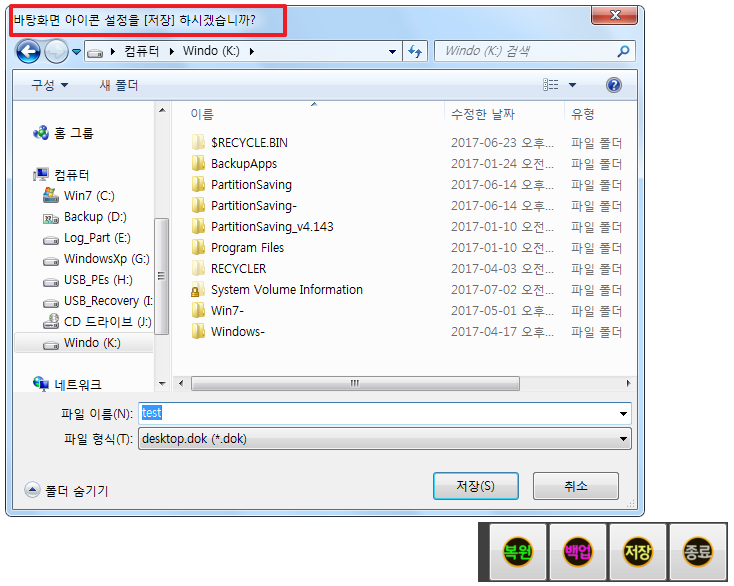
Use the Level property to specify the item level for which data mappings are applied. You can also create multiple DxToolbarDataMapping instances to specify different mappings for different item levels. Hierarchical data - the Children property is required. If the Toolbar’s structure is linear, you can omit these properties. Mappings are used to link the Toolbar data model to the data source.įlat data - use the Key and ParentKey properties to create a hierarchy of items.

You can use a toolbar item’s property values to implement custom content for your toolbar item. Refer to the DxToolbarItem class description for more information. You can customize item appearance and group items, and use templates to specify an item’s layout and appearance. The Toolbar component can contain drop-down buttons, checked items, and link buttons. Each item is a DxToolbarItem class instance that can have a collection of child items (the DxToolbarItem.Items property). Use the ChildContent property to add custom content to items. You can specify toolbar items between the and tags or add them to the DxToolbarBase.Items collection. Watch Video: Get Started with Toolbar Items

The component allows users to access frequently used actions. The DevExpress Toolbar component for Blazor ( ) implements adaptive button-based interfaces in your application. The menu and panel blocks are the only required blocks to define theĬontents displayed in the web profiler panel associated with this data collector.Īll blocks have access to the collector Declaration public class DxToolbar : If you need to collect data that is only available later, implementĪnd define the lateCollect() method, which is invoked right before the profilerĭata serialization (during kernel.terminate event).Ĥ5 The collect() method is called during the kernel.responseĮvent.
#BUTTONBAR FLEX 4 HOW TO#
How to Use the Profiler in a Functional Test) so you may prefer using short strings instead of FQCN strings. This value is used later to access the collector information (see Override this method to return a custom name (e.g. Returns the collector identifier, which must be unique in the application.īy default it returns the FQCN of the data collector class, but you can It only empties the $this->data contents, but you can override this method

It's called between requests to reset the state of the profiler. Store objects that cannot be serialized (like PDO objects) or you need As the profiler serializes data collector instances, you should not


 0 kommentar(er)
0 kommentar(er)
